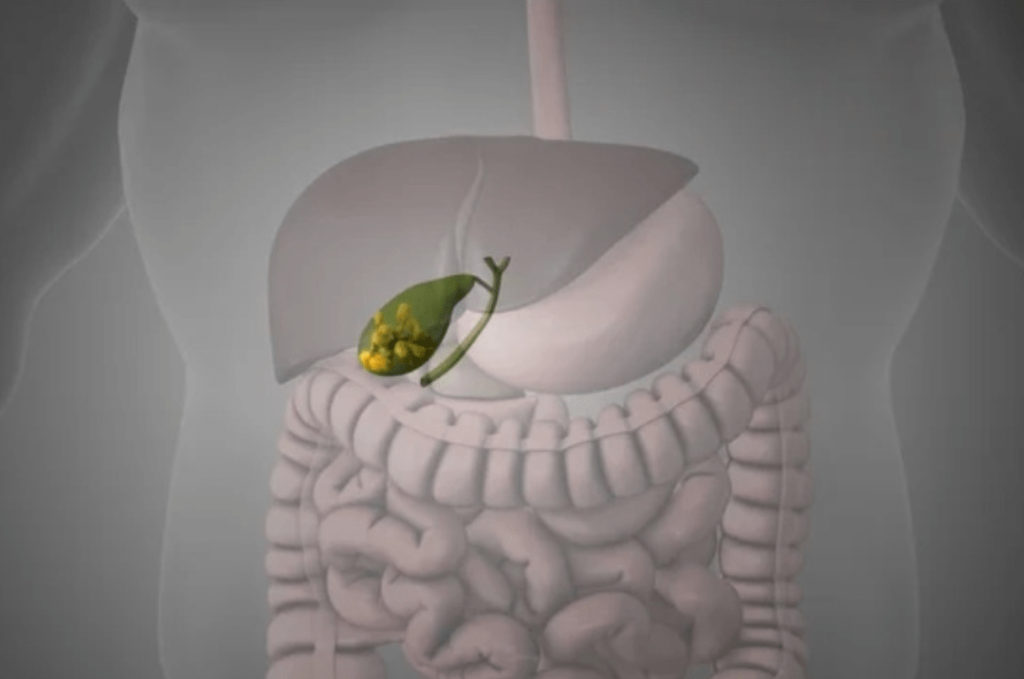
06/05/2024
06/05/2024
Guide for Everyday Understanding
Gallstones, those trouble-making little formations in the gallbladder, can cause significant discomfort and potential complications if left untreated. But fear not! Understanding gallstones, their symptoms, and the necessary investigations can empower you to take control of your health effectively.
What Are Gallstones?
Gallstones are deposits that form in the gallbladder either from cholesterol or bile salts. The gallbladder's main function is to store bile. When you eat, the gallbladder releases bile into the small intestine to aid in the digestion of fats. Gallstones can vary in size and number from single to multiple.

Causes of Gallstones:
Common Symptoms of Gallstones:
Gallstones don't always cause symptoms, but when they do, the symptoms can be quite painful. Common symptoms of gallstones include:
What are the management options for gallstones?
If you're experiencing symptoms of gallstones, it's important to see a doctor for an accurate diagnosis. It's very important to understand that not all gallbladder stones are operated on.
If you have severe symptoms or complications, such as gallbladder inflammation or blockage of the bile ducts, there are some surgical options to remove the gallbladder.
Guide for Everyday Understanding
Gallstones, those trouble-making little formations in the gallbladder, can cause significant discomfort and potential complications if left untreated. But fear not! Understanding gallstones, their symptoms, and the necessary investigations can empower you to take control of your health effectively.
What Are Gallstones?
Gallstones are deposits that form in the gallbladder either from cholesterol or bile salts. The gallbladder's main function is to store bile. When you eat, the gallbladder releases bile into the small intestine to aid in the digestion of fats. Gallstones can vary in size and number from single to multiple.
Causes of Gallstones:
Common Symptoms of Gallstones:
Gallstones don't always cause symptoms, but when they do, the symptoms can be quite painful. Common symptoms of gallstones include:
What are the management options for gallstones?
If you're experiencing symptoms of gallstones, it's important to see a doctor for an accurate diagnosis. It's very important to understand that not all gallbladder stones are operated on.
If you have severe symptoms or complications, such as gallbladder inflammation or blockage of the bile ducts, there are some surgical options to remove the gallbladder.
Medicsi, established in 2006, prioritizes cutting-edge diagnostic technology in the treatment decisions of our patients. Our institution emphasizes patient comfort and employs competent senior consultants to oversee their care.
Medicsi, established in 2006, prioritizes cutting-edge diagnostic technology in the treatment decisions of our patients. Our institution emphasizes patient comfort and employs competent senior consultants to oversee their care.
Thanks! We'll be in touch!
Oops! Something went wrong, please try again
© 2025 Medicsi All rights reserved.